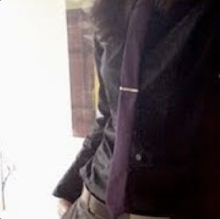Recently, I was watching an interview with Marc Jacobs in which he is talking about design sketches and how to communicate via the sketches what you actually want and want achieved. What I liked about it is that it functioned as a beautiful illustration of a pretty solid approach to communication in general.
Think of the sketch as something that needs to be expressed or information that needs to be shared, and the pattern maker as the recipient of said information. In order for is to be as successful as possible, a lot of different tools and angles can be employed.
He says:
First of all: It's not always easy to understand what someone means by a sketch [...] I can put something down and, while it's very evident to me what it means and what it represents, it's not always very clear to every pattern maker. So, along with the sketch, any other information- written or spoken- is useful. So sometimes I'll draw something out, which to me is clear, then I'll write above the swatch "I want a narrow jacket with the feeling of a high waist"[...] anything I can do to support that sketch: Any references, whether its a swatch of fabric, whether it's a few written words to indicate what the proportions are or what I'm going for, whether its talking through it with a pattern maker or whether is a photograph or a visual reference based on some of the research I've done. Anything I can do to support that sketch and give a clearer message to the pattern maker that is going to interpret it: That is the most useful thing to do.
I feel you, Marc.
Different types of communication modes for different brains and different modes of accessing and understanding.
be well; be loved,
k.
(image: a sketch of a Marc Jacobs 2018 Met Gala custom look)


No comments:
Post a Comment